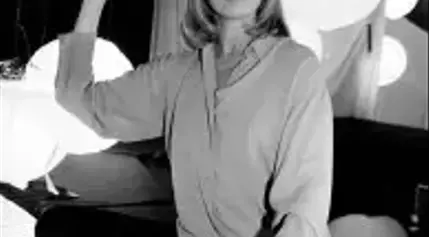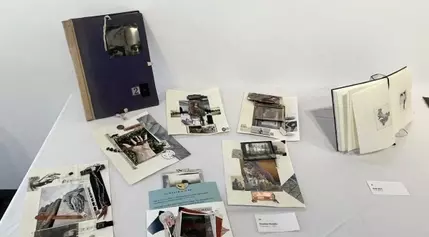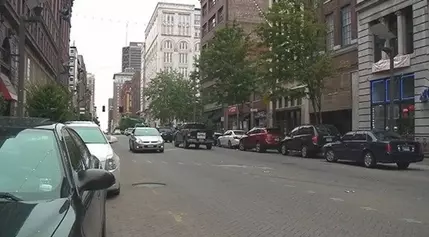The Under the Radar Festival has undergone a transformative shift since its separation from the Public Theater, embracing more daring and boundary-pushing performances. This year's lineup featured over 30 productions that invited audiences to engage with art in unprecedented ways, often blurring the lines between reality and fiction. From confrontational theater to mesmerizing visual experiences, the festival explored themes of autonomy, identity, and social responsibility, challenging both performers and spectators to question their roles and reactions.
Confronting Audience Expectations through Radical Performance
Ann Liv Young's provocative production, "Marie Antoinette," exemplifies the festival's commitment to pushing boundaries. In this immersive experience, Young disrupts traditional artist-audience dynamics by inviting intense, sometimes uncomfortable interactions. Her performance style, which includes harsh criticism and unpredictable scenarios, creates an environment where participants must confront their own discomfort and biases. This approach not only tests the limits of theatrical engagement but also raises important questions about the ethical responsibilities of artists.
Young's method involves directing amateur performers who she portrays as having severe mental health issues, adding another layer of complexity to the performance. These actors are encouraged to express themselves without filters, leading to moments that can be unsettling or even distressing for the audience. For instance, during one scene, a performer with a traumatic brain injury had to take a break due to headaches caused by bright lights. Another incident saw an audience member accidentally hit by flying dough. Such occurrences highlight the fine line between artistic expression and potential harm, prompting viewers to reflect on the balance between creative freedom and safety protocols.
Exploring Autonomy and Trust in Performative Spaces
In contrast to Young's confrontational style, "The Dan Daw Show" offers a thoughtful exploration of trust and control within performative spaces. Featuring disabled performer Dan Daw, this piece invites audiences into a world where vulnerability and empowerment coexist. Daw engages in a series of kink experiences with his collaborator Thomas Gülgeç, emphasizing mutual respect and clear communication. The show's supertitles ensure transparency, reinforcing the idea that every interaction is carefully scripted and consensual. Through this, Daw challenges societal perceptions of disability, presenting it as a source of strength and creativity rather than limitation.
Daw's performance encourages viewers to reconsider their assumptions about autonomy and consent, particularly when it comes to marginalized groups. By openly discussing his desire to be dominated while maintaining full control, he dismantles stereotypes and fosters a deeper understanding of diverse identities. This approach contrasts sharply with Young's more abrasive tactics, offering a nuanced perspective on how artists can navigate complex themes without compromising safety or integrity. Ultimately, both performances underscore the importance of fostering environments where all voices can be heard and respected, regardless of background or ability.




















